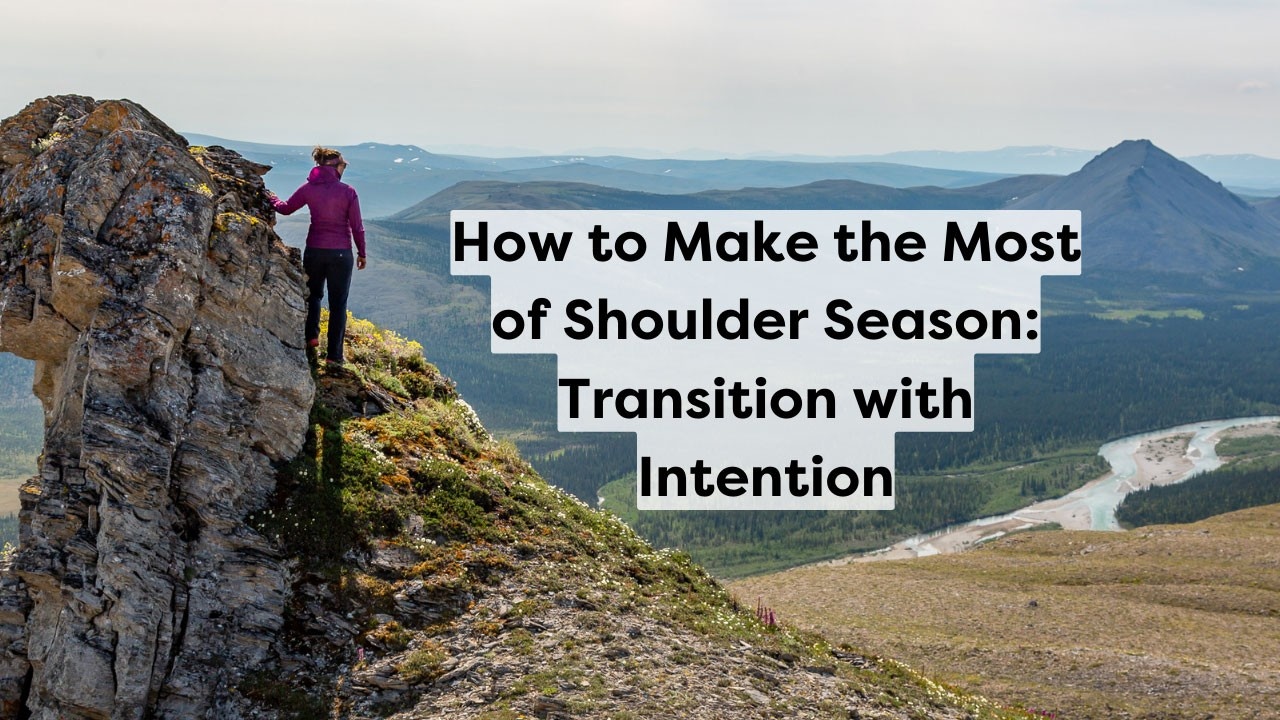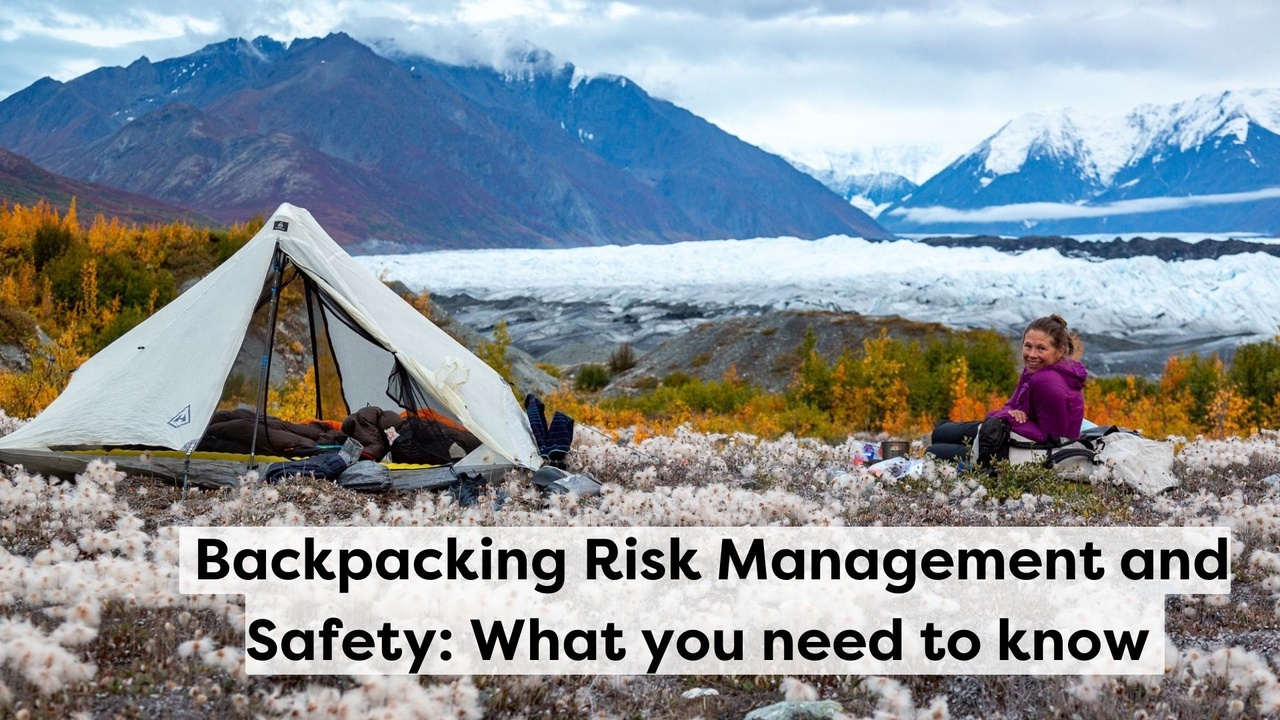Podcast: Cross-Training for Skiers and Aging Gracefully

Cross-Training for Skiing, Channeling Healthy Aggression, and Women-Centered Spaces Outdoors
I recently sat down with Jen Gurecki of Coalition Snow for a juicy chat (hah!) on the Juicy Bits podcast for an episode we called Wisdom & Wellness. We covered so much ground, from learning to ski as an adult, to aging gracefully, to cross-training for winter sports, and lots more.
Jen is a winter superfan and the CEO of Coalition Snow. Over at Coalition Snow, they sell winter sports gear and other merch, plus lead group outdoor trips. Jen and her team have created a fantastic niche in the skiing and snowboarding community, and I’m happy to have an ongoing relationship with them. Jen has even joined us for Ski Babes workouts!
One of the topics we loved most is unpacking the norm and pressure in skier culture for skiers to go as hard as possible and constantly push themselves physically. We poked at why we don’t subscribe to that mentality, and the importance of joy and mental health in redef...
How to Practice Self Care: Winter Wilderness Adventures

Self Care for the Winter Season
Taking good care of your body and mind is important in both everyday life and our outdoor lifestyles. Self care is an especially important concept for winter, when sometimes our mood and energy level can drop. So what does that look like? Here are four tools for wilderness lovers to practice self care this winter.
Tool #1: Using Titration to Grow without Overwhelm
Titration is one of our most important nervous system concepts here at Mind & Mountain. It’s originally a term from chemistry, but when applied to the nervous system it means adding challenge slowly, in small, and manageable doses. Picture adding liquid one drop at a time into a beaker: that’s titration.
Like a chemical reaction overheating or bubbling over, doing too much too fast can flood our nervous systems. When our brain gets flooded, it literally changes how it functions: the rational part of our brains shut down while our fear and survival zones kick into high gear. This is great fo...
Three Exercises for Backcountry Skiers: Training for a Strong Winter

Why exercise at home for stronger ski days?
Winter is here and it’s time to hit the slopes! As we get our winter gear out, it’s important to think about how to tune up our minds & bodies for the season, too.
One of the best things you can do to stay strong and injury free this winter is to prep with a little strength training. Doing some exercises at home, even in small doses, is a really effective way of staying healthy on your skis. Nothing ruins ski season like being sidelined with an injury!
On top of that, practicing functional movements at home can build the muscle memory to help your technique come together early in the season. By building your endurance and practicing healthy movement patterns in pre-season, you can jump start your season and ski strong all winter long.
Three strength moves for backcountry skiers
We’re going to take you through three moves we love for building strength for ski season. Each of these movements imitates an action that we use in the backcountr...
Winter Sports on a Budget: Tips for Saving Money on Gear & More

Budget-friendly Tips on Getting Out There for Less
If you’ve ever walked into a ski shop, you’ve probably been floored by the cost of winter gear. Things don’t get any better when looking at lift tickets for your local slopes. And all that sticker shock can be really overwhelming.
Finances are a huge obstacle for so many folks, and nowhere is that more true than in winter sports! This form of gatekeeping creates an exclusive culture that we’re trying to break down. We want everyone to have access to winter sports, no matter their budget, and without the fear of getting shut out by high price tags.
The good news is that you don’t have to blow your budget to get out there. We’ve compiled a list of tips from outdoor recreation enthusiasts (across many platforms) to make winter sports more affordable. And we added a few from our own experiences too.
Let’s dive right in! Here’s our best money-saving tips for getting into winter sports.

How to Save Money on Gear for Winter Sports
Ge...
How to Make the Most of Shoulder Season: Transition with Intention

What Is Shoulder Season?
Shoulder season is a key time of year for any outdoor adventurer. It’s that in-between time when it’s not quite good weather for summer activities like hiking, but not cold and snowy enough for winter sports like skiing, either. When we say “shoulder season”, we’re not talking about training our arm muscles! What we actually mean is the transitional seasons between the big seasons of summer and winter, like spring and fall. (Wondering where the term comes from? Us too. Here are some theories.)
Depending on the climate where you live, the exact timing of your shoulder season might look a little bit different from others. The most important thing to remember is that it’s a time of transition. It’s the time when you’re switching focus. We all experience transitions differently. So, tune into your body and take a moment to reflect on when these yearly transitions happen for you and how they make you feel.
When thinking about our training, shoulder season doesn’...
How to Choose a Route for Your First Backpacking Trip

Let's find you the best route for your first backpacking trip
Whether you’re dreaming of days in the mountains, along coastlines, or through the desert, planning your first backpacking trip is an exciting process. Congratulations on making moves toward this rewarding new hobby! To make your experience as positive and fun as possible, it’s important to find a beginner-friendly backpacking route that suits your experience level.
Here are some tips for finding the best route for your first backpacking trip.
Where to Find Ideas for Beginner-Friendly Backpacking Routes
When looking for ideas for your first backpacking trip, where should you start? Good news: there are lots of great resources to identify beginner-friendly routes. As you’re researching, try to find information about the same route from multiple sources. If you find broad agreement across several sources about a route, you can feel more confident in that information.
Outdoor stores
Pop into a local gear shop and ask an a...
Backpacking for Beginners: Training for Your First Trip

Why is Strength Training Important for Backpacking?
Many adventurers go into backpacking trips with the mentality that they will “use the trip to build fitness.” While a trip will certainly help make you stronger, striking out on a big adventure with no foundation of training can easily lead to getting in over your head or hurting yourself. Not the best way to have a good time!
While simply doing more hiking can help us build our trail fitness, it’s important to remember that hiking isn’t the whole story. By training our bodies as holistic systems and reinforcing healthy, functional movement patterns, we can be stronger hikers.

Strength training before and between our outdoor adventures helps us build the resilience we need for injury-free outings. When we’re not derailed by pain or struggling to keep up, we can have more fun and focus on enjoying things like the beauty of our surroundings and the great company of our trip companions. As we build strength, it also enables us to ta...
Backpacking Risk and Emergency Planning: What You Need to Know

Educating Ourselves Around Planning and Preparedness
After you have gained a full picture of what risks you’ll be dealing with on your trip, you can then formulate your risk and emergency plan. In order to do that, educating ourselves around risk can build our confidence and mitigate the real risks we might face. For backpackers of all backgrounds and experience levels, the best thing you can do for your own safety is planning and preparedness.
Before diving into this post, read up on the basics of risk management and safety in our previous post, which will lay the groundwork for this discussion. In this post, we’ll get into more detail about specific concerns as well as creating your risk mitigation plan.
Assessing Risk: How Many Lemons Do You Have?
In our last blog post, we talked about how to identify risks and introduced the idea of each major risk as a (metaphorical) lemon. Consider creating a document with a list of risks and how severe the risk is (i.e., how many lemons). Th...
Backpacking Risk Management and Safety: What you need to know

Planning essentials for backpacking trips
Risk management is one of the most important elements of planning for backpacking trips. Whether it’s your first trip or your two hundredth, spending time thinking through the hazards you might encounter and what you’ll do about them is essential both for your own safety and for those with you.
While you can never completely eliminate risk, appropriate planning means you will be more prepared if something bad does happen. Having a safety plan can mean big wins like smarter decision making, shorter time to receive rescue assistance, or the ability to handle the situation on your own without needing outside assistance at all.
Let’s dive into principles of risk management in backpacking and how you can manage your safety proactively and mindfully.
How to Assess Risk and Safety for Backpacking Trips
The first step to managing risk is thinking through and understanding what risks will exist on your trip. Thorough risk assessment means a safer,...
Sore Hips and Backpacking: What You Need to Know

Prevent Sore Hips from Backpacking
After a challenging day of backpacking, many people experience soreness around their hips. While sore hips are an extremely common problem for hikers and backpackers, the pain can put a damper on the rest of the trip. Thankfully, there are solutions! Let’s talk about what causes sore hips, then we’ll break down what you can do about it.
Why do my hips hurt while backpacking?
Our hips are key for powering the action of walking. They propel our legs forward and keep us stable and balanced. When you spend a long day out walking in the mountains, that adds up to a lot of hip exertion.
But it’s not just the long days. Backpacking adds another key ingredient: weight. Most of us don’t carry around 20-30 extra lbs for hours (or days!) at a time, but that’s exactly how we’re spending our days out on the trails. Our hips have to work much harder to power us with that much extra weight.
The position of the weight also matters. Backpacks are designed to...
